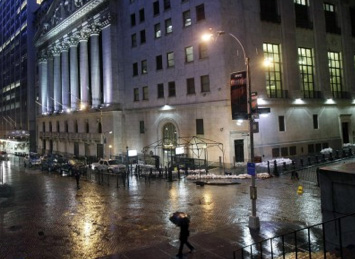In a report to its board, the MTA said it estimates losses of $5 billion in connection with the storm, $4.75 billion from infrastructure damage and $268 million from operating losses.
The losses are expected to be covered by federal programs, including FEMA, plus insurance and other resources, the MTA said in its presentation.
The MTA's captive, First Mutual Transportation Assurance Co., had $146.2 million in capital and surplus at year-end 2010, according to an examination by the New York Department of Finance.
According to the examination report, filed in February 2012, First Mutual insures up to $25 million per occurrence for the perils of flood and earthquake, up to an annual $75 million aggregate. The total program limit is $1.075 billion for any one peril, and reinsurance is provided through various carriers.
The captive was launched in 1997 and is domiciled in New York.
Attempts to reach the MTA for comment were unsuccessful.
Sandy made landfall Oct. 29 near Atlantic City, N.J. Sandy's diameter made it the largest Atlantic hurricane recorded in terms of tropical storm wind span ranging 175 miles. The storm impacted Toronto and raised waves in Lake Michigan to 24 feet. Sandy had twice the diameter of Hurricane Katrina, which devastated the Gulf Coast in 2005, and AIR Worldwide said the sheer size of the storm held its power down to a Category 1 hurricane.
Sandy halted activity in New York and other East Coast cities. A record storm surge of nearly 14 feet produced flooding in low-lying areas near the East River and some New Jersey shore towns. The Brooklyn-Battery Tunnel and seven East River subway tunnels were flooded, putting a halt to New York City's commuter rail service.













 The Metropolitan Transportation Authority, which oversees the New York City Transit, the Long Island Rail Road and the Metro-North Rail Road, expects insurance to chip in $1.075 billion to cover its Hurricane Sandy damage.
The Metropolitan Transportation Authority, which oversees the New York City Transit, the Long Island Rail Road and the Metro-North Rail Road, expects insurance to chip in $1.075 billion to cover its Hurricane Sandy damage.